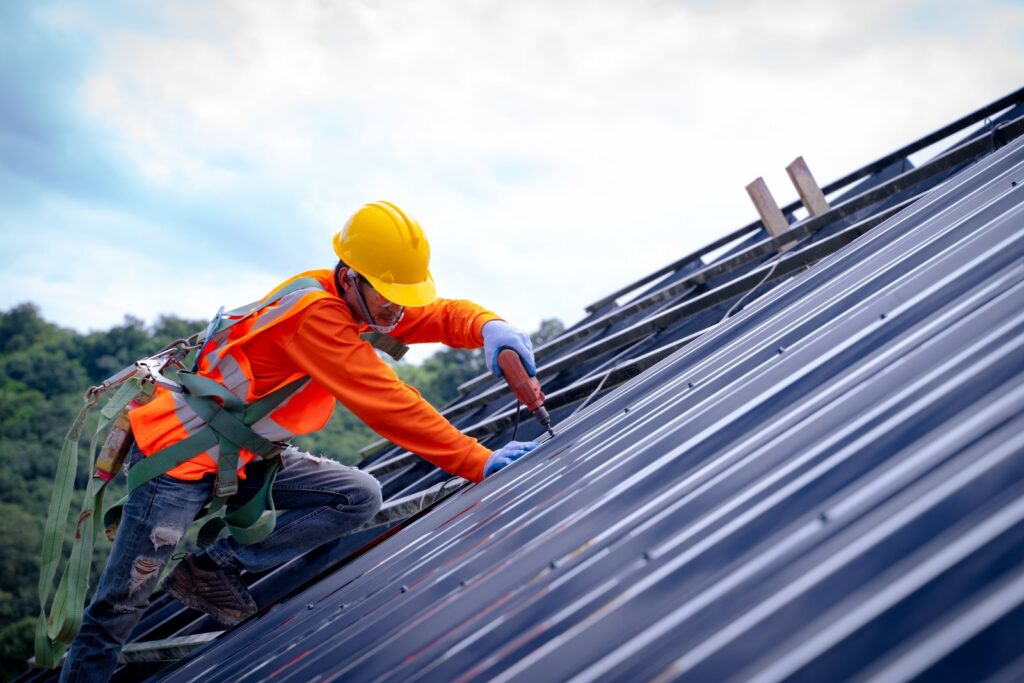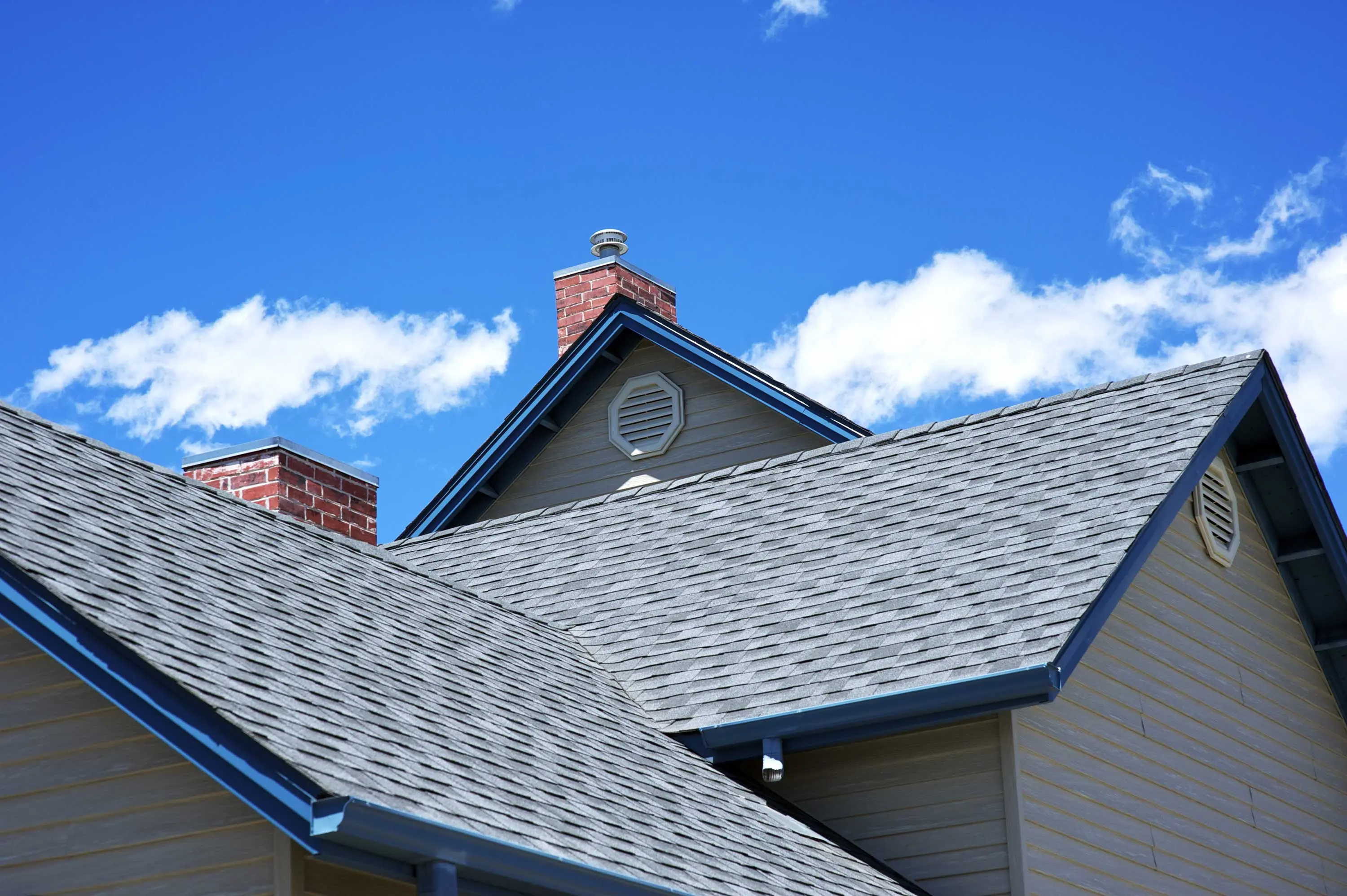A Comprehensive Guide to Effective Roofing Apartment Roofing System Setup
The intricacies of flat roof covering installation need a precise approach, starting with a detailed understanding of various level roofing types and the crucial materials needed for optimal performance. A successful installation pivots not just on the option of materials however additionally on the prep work and implementation of each step included in the process.
Understanding Flat Roof Covering Kind
When taking into consideration level roofing systems, it is vital to understand the different kinds available, as each offers distinct advantages and disadvantages customized to certain needs. The most typical sorts of flat roofings consist of Built-Up Roofing (BUR), Customized Bitumen, and Single-Ply membrane layers.
Built-Up Roofing contains several layers of asphalt and gravel, giving superb longevity and weather condition resistance. It is especially helpful in locations prone to serious weather yet might need more maintenance as a result of its complex building and construction.
Modified Bitumen is a prominent choice for its ease of setup and adaptability. It typically employs a self-adhesive or torch-applied technique, which can be beneficial for fast fixings and long-lasting performance. Its life expectancy can be shorter contrasted to BUR.
Single-Ply membrane layers, consisting of Thermoplastic Olefin (TPO) and Ethylene Propylene Diene Monomer (EPDM), are identified for their light-weight nature and power effectiveness. These products are frequently favored for business structures due to their cost-effectiveness and convenience of setup (Cleveland Roofing Specialists). Nevertheless, they might not give the exact same level of insulation as various other options.
Each roof type calls for cautious factor to consider based on climate, spending plan, and certain project requirements.
Crucial Materials for Apartment Roofing
A range of necessary materials are critical for the effective setup of flat roof systems. The choice of materials straight impacts resilience, efficiency, and overall performance.
One of the key products is the roof membrane layer, which can be created from different materials such as thermoplastic polyolefin (TPO), ethylene propylene diene monomer (EPDM), or PVC. Each kind provides one-of-a-kind advantages, consisting of UV resistance and flexibility, which are important for prolonged efficiency.
Along with the membrane layer, insulation materials play a considerable function in energy effectiveness. Inflexible foam boards or polyisocyanurate insulation are prominent choices, as they supply superb thermal resistance and dampness monitoring.
In addition, roof adhesives and sealants are essential for ensuring a leak-proof installation. These items need to work with the chosen membrane to prevent degeneration over time.
Preparing for Setup
Appropriate prep work is essential for a successful flat roof installation, as it lays the groundwork for a sturdy and effective roof. Begin by conducting a comprehensive assessment of the existing roof covering structure. Look for signs of damage, including leaks, rot, or insufficient drain, which might compromise the brand-new roof system. Make certain that Read Full Report the hidden materials are audio and can sustain the weight of the brand-new browse this site roof elements.
Following, gather all needed devices and products, making sure that they satisfy industry standards. This includes water resistant membrane layers, insulation, flashing, and fasteners. Acquaint on your own with the maker's specs, as adherence to these guidelines is essential for warranty purposes.
Take into consideration climate problems; prevent setup throughout hefty rain or extreme temperature levels, which can influence material performance. By taking these primary actions, you can boost the likelihood of a successful flat roofing system installment that satisfies both visual and architectural needs.
Step-by-Step Setup Refine
With the groundwork established with thorough prep work, the following phase involves executing the level roof covering installment methodically. This step is important for preserving the roofing's honesty over time.
Complying with the vapor obstacle installment, lay down insulation boards, ensuring they fit tightly with each other to lessen thermal connecting. Safeguard the insulation with suitable bolts based on the roofing system kind and local structure codes - Cleveland Roofing Specialists.
Set up blinking around borders, vents, and any kind of roof penetrations to enhance waterproofing. After setup, perform a comprehensive assessment to recognize any possible issues prior to ending the task, ensuring a reputable and robust flat roofing system.
Maintenance Tips for Longevity
Normal upkeep is necessary to ensure the long life and performance of a level roof. Among the main jobs is to conduct routine examinations at the very least two times a year, preferably in spring and fall. During these inspections, look for signs of wear, such as blisters, cracks, or pooling water, which can suggest underlying concerns.

Making certain appropriate drain is essential to avoid water build-up. Examine and clear seamless gutters, downspouts, and scuppers to guarantee unblocked water circulation. In addition, inspect seals around vents, skylights, and other penetrations for any indications of deterioration, applying caulk or sealer as needed to keep a water tight barrier.
Last but not least, consider expert maintenance services every few years for complete maintenances. By sticking to these upkeep pointers, you can considerably extend the life of your level roof covering, ensuring it stays a dependable guard informative post versus the elements.
Verdict
Reliable flat roofing installment requires a systematic strategy encompassing thorough examinations, material option, and meticulous prep work. Adhering to the laid out steps during the installment process makes certain the proper application of roof membranes and insulation while improving waterproofing through efficient flashing setup.
The details of flat roofing system setup need a thorough method, starting with a thorough understanding of various level roofing system kinds and the essential materials needed for ideal performance.Proper prep work is crucial for an effective level roofing installation, as it lays the foundation for a reliable and sturdy roofing system. After installment, carry out a detailed inspection to determine any prospective issues before ending the task, making sure a reliable and durable level roof system.
